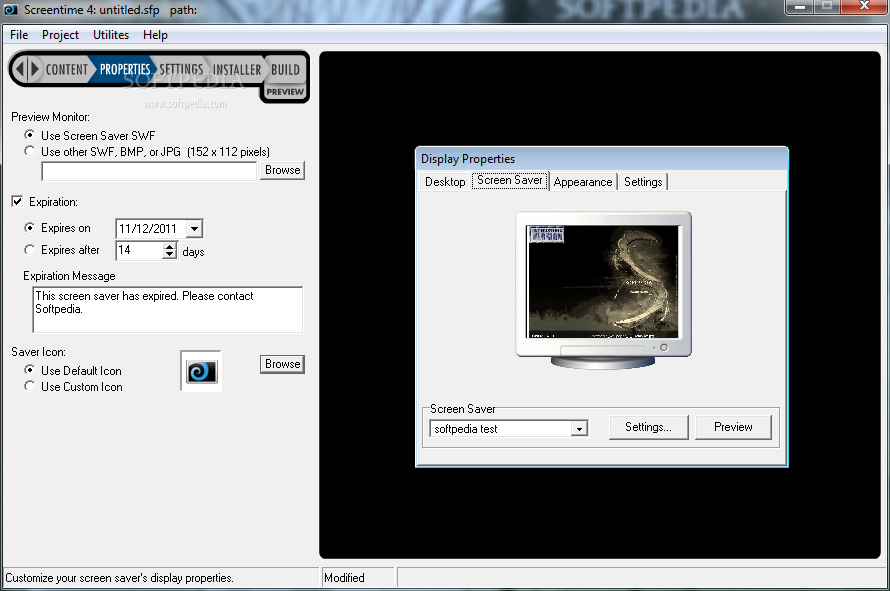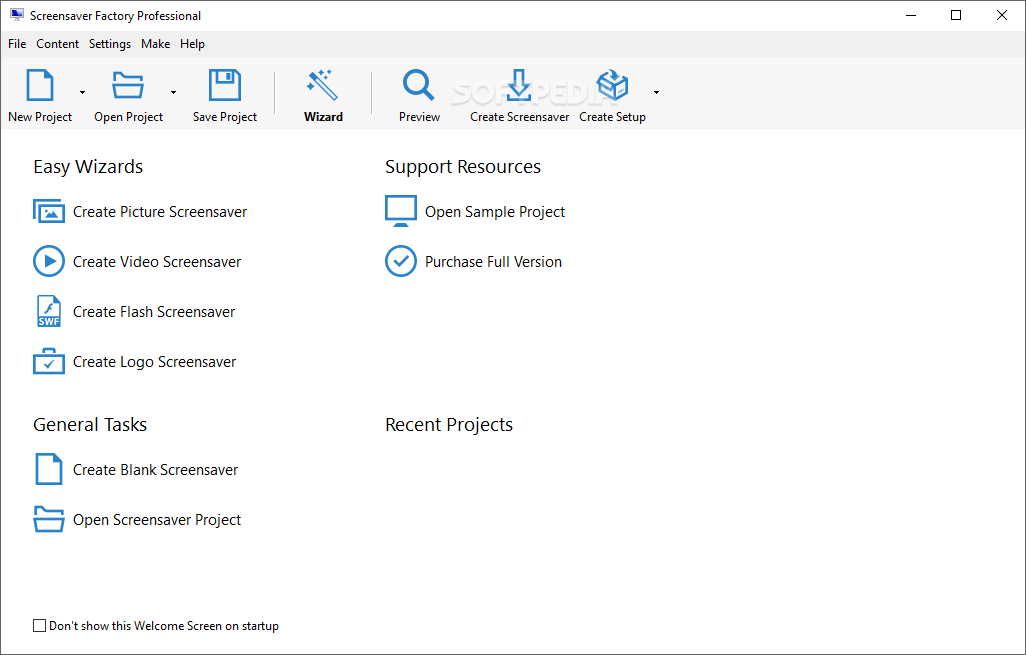
It was a game-changing moment that marked the birth of the SSD-based computer market. In 2006, the company’s tireless R&D efforts paid off with the landmark release of the first PCs to feature 32GB built-in SSDs: the Sens Q30PLUS Samsung Note and the Sens Q1 ultra-mobile, which were capable of booting up five times faster than their HDD peers. In 2004, the price of NAND flash had fallen below DRAM for the first time 1, so Samsung was able to leverage its leadership to develop SSDs that were more price competitive and could be easily applied to consumer notebook PCs. Because of costs and other concerns, few companies had considered applying the technology to PCs. However, for many years, its large size and high price tag made commercialization prohibitively difficult.įor years, though Samsung was already a market leader, flash memory technology was primarily limited to devices like digital cameras, MP3 players and USB flash drives. In fact, early forms of SSD technology existed back in the 1970s. Reaching that point involved considerable time and research, and a commitment to spearheading SSD innovation. Samsung believed from a very early stage that SSDs would eventually represent a paradigm shift in storage media technology. They use NAND flash, which processes data much more quickly than HDDs, and because they don’t require mechanical components like motors, they’re generally quieter, more reliable, and cooler – and therefore consume less power. This process also has an in-built limitation no matter how fast a computer’s CPU (central processing unit) and RAM are, if its HDD can’t keep up, the whole system slows down. If the platter reaches a certain speed, it can become noisy and consume a lot of power. An HDD reads and writes data by magnetizing a thin magnetic film known as a platter, and locates files by physically rotating the platter.
#SCREENTIME FOR FLASH PROCESS PC#
PC users will be familiar with the airplane-like sound of an HDD spinning up when they ask their computer to perform a task, and the noise of the fan required to keep it cool. What makes that difference so significant? To answer that question, we need to take a closer look at how each technology works. The SDD, meanwhile, uses NAND flash to process the data digitally.

The HDD uses magnetic discs and a motor, reading the data by spinning the discs, in much the same way as a record player does. Millions of people have used both HDDs and SSDs to store documents, photos, videos and music – but the difference between them is not always well understood.Īn HDD is like a classic record player, and an SDD is like an MP3 player. In recent years, thanks to Samsung’s landmark innovations, the solid state drive (SSD) has emerged as a powerful alternative to HDD that looks destined to become the world’s leading storage technology.

Paper technology eventually gave way to magnetic tape, which evolved into hard disk drives (HDD), which became the traditional mainstay of computer storage. If we wanted to send a document to a colleague, we picked it up and walked. A generation ago, we produced information on typewriters and stored it in filing cabinets. It’s easy to forget, then, how remarkable the evolution of data storage technology has been. Most of us barely remember what life was like before we could store a library of information in a device the size of one book, or send it instantly to people half a world away. When it comes to technology, people have short memories.


 0 kommentar(er)
0 kommentar(er)
